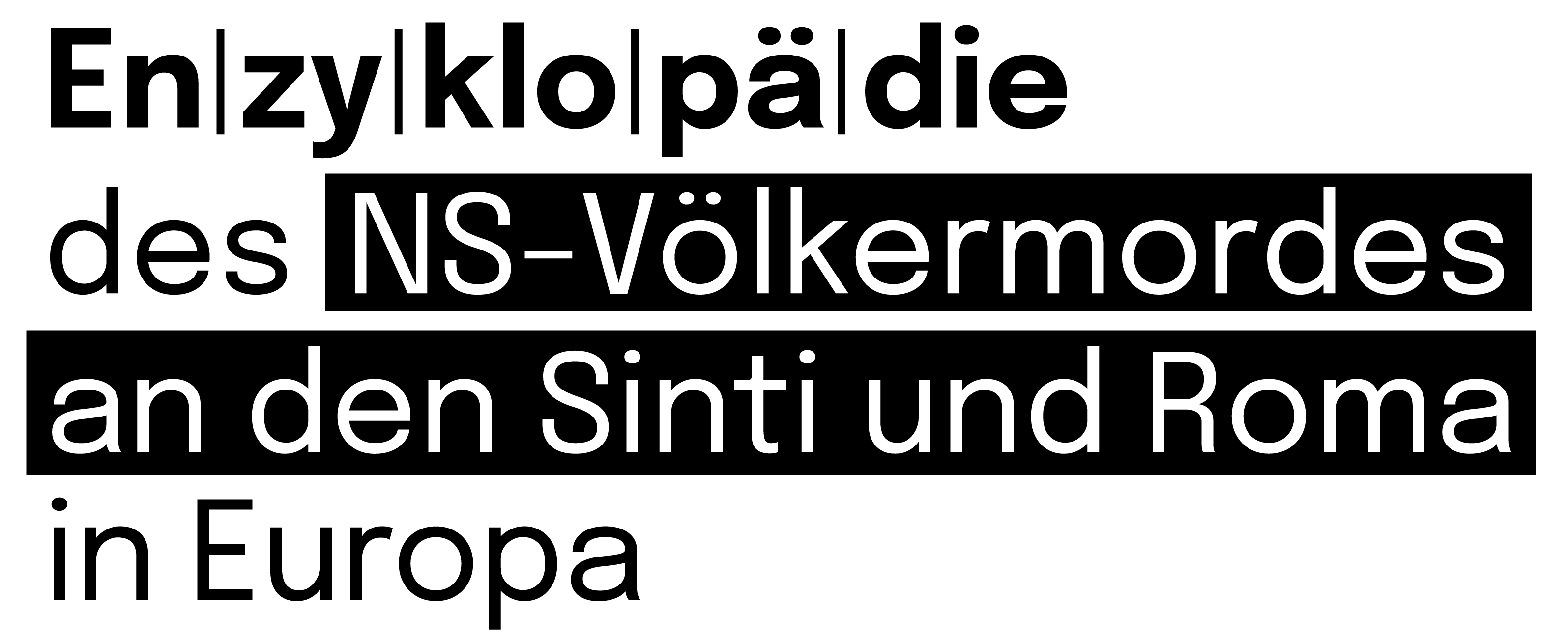On 14 May 1944, the director-general of the police in Nijmegen, German-occupied Netherlands, sent a secret telex message to the five police presidents in Amsterdam, Arnhem, Eindhoven, Groningen and Rotterdam. It contained an order from the Commander of the Security Police (SIPO) and the Security Service (SD) that ‘all persons residing in the Netherlands who possess the characteristic of Gypsies’ be arrested and sent for internment to Westerbork transit camp.1Sijes, Vervolging van Zigeuners, 107–108.
The date and time of the nationwide round-up was set for 16 May at 4 a.m., in the middle of the night. Who should be arrested was left to the local police authorities. Because the national criminal investigation centre was in the middle of a move in mid-May 1944, it was not possible to provide a national registration of Sinti and Roma. According to the then head of this centre, the move was also used as a pretext not to provide this information. In addition, the Commander of the Sipo and the SD had decided that ‘property left behind’ by the arrested Sinti and Roma was to be confiscated. Buildings, rooms and caravans were to be sealed.
The Arrests
On 16 May 1944, raids took place in at least 19 villages and towns in the Netherlands: Amsterdam, Arnhem, Beek, Deil, Den Bosch, Doetinchem, Drachten, Eindhoven, Eursinge (Westerbork), Helmond, IJsselstein, Nijmegen, Oldenzaa, Susteren, The Hague, Utrecht, Venlo, Vledder, and Zutphen. In some places, the raid was quite structured. In Eindhoven, the police officers and ‘landwachters’ of the Dutch National Socialist Movement (Nationaal-Socialistische Beweging in Nederland, NSB) who carried out the arrests were armed with a list of the ‘gypsies’ living on the campsite that they raided. Twenty-one were driven out of the camp and taken to Eindhoven station via the police station. These were mainly women and children; some of the men had already been arrested a week earlier and taken to Camp Amersfoort.
But in Den Bosch, for example, the arrests were much more chaotic. Compared to elsewhere, it was much less clear to the responsible authorities here who was Sinti or Roma and who was not. A selection was made on the basis of skin colour under the supervision of the police commissioner: ‘travellers’ with a ‘brown complexion’ were arrested, while a ‘gypsy with a Dutch passport’ was not allowed to accompany her husband.
Collaboration and Resistance
The organisation and execution of the raids were in the hands of local Dutch authorities. For the most part, they carried out their orders to the letter as prescribed in the secret telex message. Although he warned a number of Sinti and Roma in advance, police officer Arie Vlak (1903–unknown), for example, told the arrested Sinti and Roma in The Hague that they only had to hand over their papers and could then go home immediately. What followed was deportation and, in many cases, death in the concentration camps and extermination camps. After the war, Arie Vlak visited Sinti and Roma on their campsites in The Hague as if nothing had happened.
On the other hand, there were also police officers who went against the orders of the Nazis. Police officer, resistance fighter and Olympic athlete Jaap Knol (1896–1975) helped the Amsterdam Sinti and Roma when they were arrested on 16 May. For three days these detainees were treated exceptionally well: cells were not locked, blankets and tobacco were distributed and personal belongings did not have to be handed over. Knol even managed to convince the Nazis to release them.
Travellers
In some municipalities, however, the local authorities went one step further than the Nazis. The NSB mayors of Utrecht, Zutphen and IJsselstein, among others, used the telex message of 14 May to remove all ‘anti-social elements’ from their municipalities. Under the leadership of Utrecht’s foul-mouthed police commander, for example, more than 100 people were picked up in city and, according to eyewitnesses at the station, were ‘smashed’ into a waiting train. After a few hours this train reached Westerbork. Upon arrival, it turned out that all the 100 people arrested were ‘travellers’ and not Sinti or Roma.
Selection and Deportation
During the nationwide round-up of 16 and 17 May 1944, a total of 578 Sinti, Roma and travellers were rounded up and transferred to Westerbork. During the 16th May they arrived there in caravans (from Drenthe) or in one of the three trains that travelled to Westerbork from the directions of Zutphen, Maasbracht and Utrecht. Ten individuals arrived at the camp by train on 17 May. After arrival at Westerbork, the Sinti and Roma were registered and a selection took place. Sinti and Roma with Italian and Guatemalan passports as well as travellers were released after a few days. On 19 May 1944, 245 Sinti and Roma were deported from Westerbork to the concentration camp and extermination camp Auschwitz-Birkenau. Only 31 of them would survive World War II.




